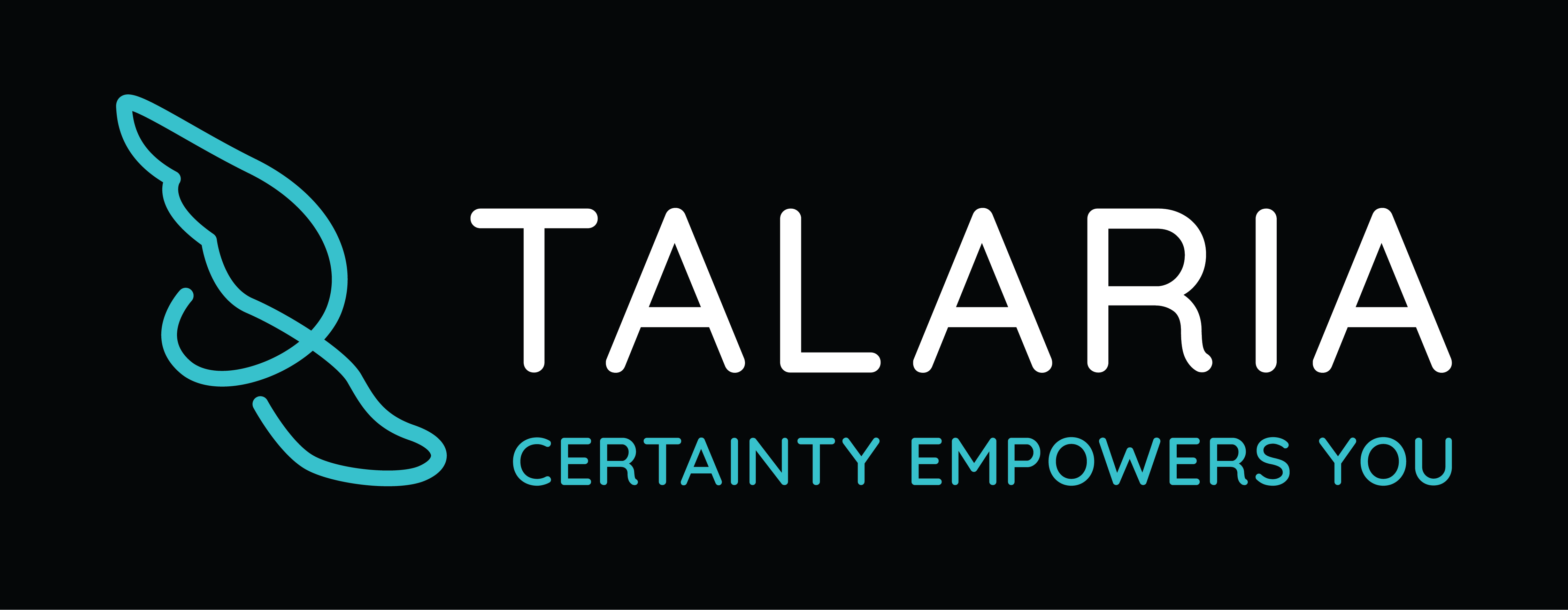This global fund manager outperformed the market by almost 30%. Here's how they did it.
Managing a global fund has been hard going the last year. In 2022, the MSCI World Index returned a dismal -17.73%.
That makes it all the more incredible that Talaria topped Morningstar's league tables with a return of 8.27% - over 25% better than the market.
Want to know how they did it? You've come to the right place.
Talaria adopts a high-conviction, value-oriented process to identify high-quality large-cap companies from around the globe. And it's worked. Over the past decade, the Talaria Fund generated an average yield of more than 9% p.a.
But bottom-up stock picking is only part of the equation. Talaria's key point of difference is its use of derivatives to add an additional kicker to performance.
In this Q&A, Talaria's Co-Chief Investment Officer Chad Padowitz discusses what it is about their unique investment process that leads to such outsized returns (in a tough market), and the stocks through which it's done so.
.png)
Please pick three elements of your investment process or philosophy and explain how they contribute to the fund’s investment performance returns.
Our investment process is bottom-up and fundamental and looks for opportunities in attractively priced equities. We use options to gain exposure to equities we like. Importantly, as these options are fully cash backed and on exchange, we reduce portfolio risk.
Our focus on valuation is based on normalised earnings, i.e. future earnings that a company can reasonably be expected to generate. That in itself is a positive contributor. It leads us to avoid hyped-up, expensive companies whose implied growth rates and margins are either not, in our view, achievable or sustainable.
Using options to buy or sell shares generates significant additional income for our investors (over 7% in 2022). In an environment where capital growth is either negative or hard to come by, this is a significant positive, both in generating returns and reducing risk.
Our approach actually benefits from higher levels of volatility. In 2022, heightened uncertainty resulting in bigger daily market movements, allowed us to make more income with less downside.
Which investments have had the most meaningful contribution to your performance over the past year and do you still own them?
Our best performers were:
- Medical distribution company McKesson (NASDAQ: MCK), which went up over 50% and we are now exiting.
- Pharmaceutical giant Novartis (NYSE: NVS), which although up only mid-single digits was a strong contributor, not least because we took advantage of opportunities throughout the year. It remains a core holding.
- Sodexo (EPA: SW), which is up over 15% and remains attractively valued and a core holding.
Could you talk through some of the largest investments in the fund and why they deserve a spot in your portfolio in 2023?
The fund is reasonably concentrated and holds between 25-40 companies. It’s correct to say all our investments represent a strong level of conviction. Some of the larger holdings are:
- French-based global pharmaceutical company Sanofi (EPA: SAN). Through its diverse portfolio of long-life assets, it generates around $14 billion in operating income after spending over $6 billion a year on research and development. This generates a free cash flow yield of over 9% which is relatively immune to higher interest rates and slowing economic activity.
- Wheaton Precious Metals (NASDAQ: WPM). This is a Canadian precious metal streaming company able to participate in rising production and metal prices with low sensitivity to operational or inflationary risks.
- Sodexo (EPA: SW). This is a global catering and food services business. Its very consistent earnings profile was interrupted during the COVID lockdowns but is rapidly reverting positively to historical trends. It is a strong beneficiary of outsourcing with an attractive valuation well below historical levels.
Which investments worked against you in 2022 and what have you done with those?
We were fortunate to have only a small number of weak performers. Of these:
- Japanese Industrial Mitsubishi Electric (TYO: 6503) fell over 15% due to some underperforming divisions. We have increased our exposure due to its attractive longer-term fundamentals, strong balance sheet and very attractive valuation.
- UK-based property company Land Securities (LON: LAND) fell over 15% on the back of higher rates and a challenging economic environment in the UK. We exited the position a few months ago as these dynamics are likely to persist.
2022 was difficult for many investors, do you expect 2023 to deliver better results?
As bottom-up investors, we do not forecast at the overall market level, but we do expect 2023 to be another difficult year. The cumulative, lagged effects of interest rate increases will negatively impact economies, the earnings of most companies and consumers’ disposable income. We believe that the currently unusually high level of corporate profitability is under-appreciated. For example, it is a concern that margins for the S&P 500, a broad index of major US companies, are approximately 10% above long-term averages. Tight labour markets imply inflation might be stickier than is priced into assets, and certainly, valuations across a broad range of regions, sectors and stocks, reveal that investors are more complacent than might be expected given the numerous challenges.
Never miss an insight
If you're not an existing Livewire subscriber you can sign up to get free access to investment ideas and strategies from Australia's leading investors.
You can follow my profile to stay up to date with other wires as they're published – don't forget to give them a “like”.
2 topics
3 stocks mentioned
1 fund mentioned
1 contributor mentioned


